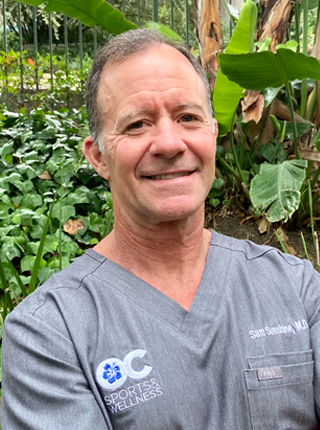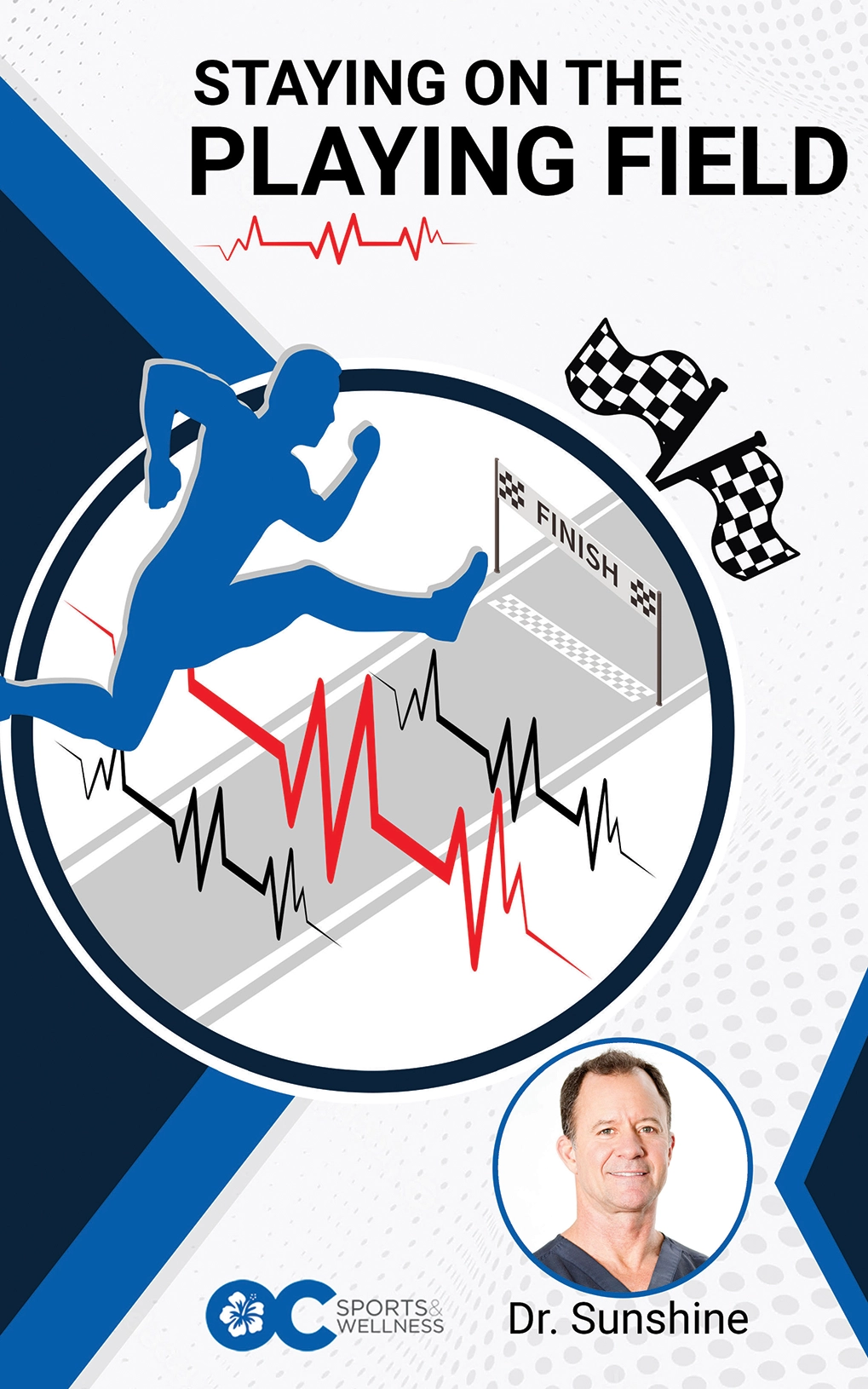Do you have any nagging questions about your health? Would like some guidance on a particular health topic? Connect with us (through the website on any of our social media pages) and let us know what you would like to discuss — our next Facebook Live will be based on your requests!
Thus far we have discussed:
- the benefits of Prolotherapy
- the benefits of a healthy diet
- which foods to avoid that cause disease
- meniscal tears in the knee joint
- how to avoid unnecessary surgery if you are over 50 years of age and don’t have locking symptoms
- air quality and to avoid exercising outdoors when the air quality index is > 100.
If you missed any of these, just visit our Youtube Channel: https://www.youtube.com/channel/UCaOe695ObpRwXjMqZ0bd4lw
One correction from last weeks’ talk, the website to access for air quality information is airnow.gov, not airnow.com.
Let’s get started on this week’s topic!
How much is healthcare costing you?
Today, I will be discussing the high cost of healthcare and what you can do to navigate these overpriced healthcare resources.
Long before this pandemic, the U.S. led other industrialized nations in high spending on healthcare, yet the US has the lowest life expectancy. And only 90% of the population in the U.S. has health insurance, compared to 99% to 100% of the population in the other industrialized countries. The US has the highest chronic disease burden, highest rates of obesity and we have the highest rate of MRI scans.
Compared to these peer nations, the U.S. has among the highest number of hospitalizations from preventable causes and the highest rate of avoidable deaths.
The US Gross Domestic Product or GDP was more than 21 trillion dollars. 17-18%% of our GDP is spent on healthcare, nearly twice as much as other industrialized nations.
Did you know that one in five Americans now has medical debt and is in collections and that rising health care costs today threaten every small business in America? So much of health care spending goes to things that have nothing to do with health.
We are in dire need of a solution to the crushing cost of health care. Americans need a better deal on health care.

The cost of prescription medications
Did you know that Americans pay almost four times as much for pharmaceutical drugs as do citizens of other developed countries?
The US represents 4% of the world’s population but we consume 50% of manufactured drugs. Prescription drug spending increased to 335 billion dollars in 2018. We are a pill-popping society.
Medications can be expensive. And the average Medicare patient is on 12 prescription medications. A 2013 Centers for Medicare & Medicaid Services study found negotiated prices at a mail order pharmacy to be up to 83% higher than the negotiated prices at community pharmacies.
How can we trim the cost of prescription medications? One way is to use on-line resources like GoodRx.com. They collect prices and discounts from over 70,000 US pharmacies. GoodRx finds the lowest prices and discounts.
Drug pricing is difficult to untangle and customers have no way of knowing how much they are spending.
But how can you lower your family’s healthcare costs?
Price gauging is real, but there are ways around it. Paying cash for your lab tests, for instance, usually helps. Here are a few examples where we have helped patients save money:
One of our patients received their insurance price for labs with a high deductible plan: $1450. Our team managed to negotiate a cash rate of $208 instead.
Another example: one of our patient cash-paying patients who did not have health insurance was quoted $988 for a hormone panel at Quest labs. Our negotiated cash rate was $107.
Another example of price gouging can be seen with medical imaging. In this instance, our patient was quoted $1700 for an MRI through their health insurance, while the actual rate was less than $500.
Can you save money with cheaper health insurance?
The current health insurance system is too complicated and overwhelming.
Prices and deductibles are unaffordable; even the bronze plans can be ridiculously expensive.
With many American workers living paycheck to paycheck, even insured families can face financial ruin from routine illness and injury. That dilemma is echoed on a national scale: with healthcare consuming nearly 18% of gross domestic product and rising, the question is not whether we can afford to change the system radically but whether we can afford not to.
A healthy couple retiring at 65 this year can expect to spend $285,000 on health care in retirement.
We need value-based health care and transparency. This doesn’t exist in our current health care model.
But I will not spend time on terms like “Insured surprised out of network medical billing practices” or “balance billing”, or even “Price gouging by doctors and hospitals.” Instead, I want to focus on the quality of care that is provided.

What happened?
Over the course of decades, American health care lost the ‘care’ component and devolved to a big, wasteful business.
Perhaps no institution has unraveled more quickly and more completely than American medicine. In only a few decades, the medical system has been overrun by organizations seeking to exploit the trust that vulnerable and sick Americans place in their healthcare for profit. Our politicians have proven themselves either unwilling or incapable of reining in the increasingly outrageous costs faced by patients, and market-based solutions only seem to funnel larger and larger sums of our money into the hands of corporations. Impossibly high insurance premiums and inexplicably large bills have become facts of life.
That’s why last year we started a Direct Primary Care Practice. As healthcare professionals, we believe that every patient should have access to affordable and transparent care. We partnered with Sedera, a cost-savings plan, to offer patients comprehensive health care at a fraction of the cost.
Give us a call at 949-460-9111 and learn how we can help you navigate the health care game.




